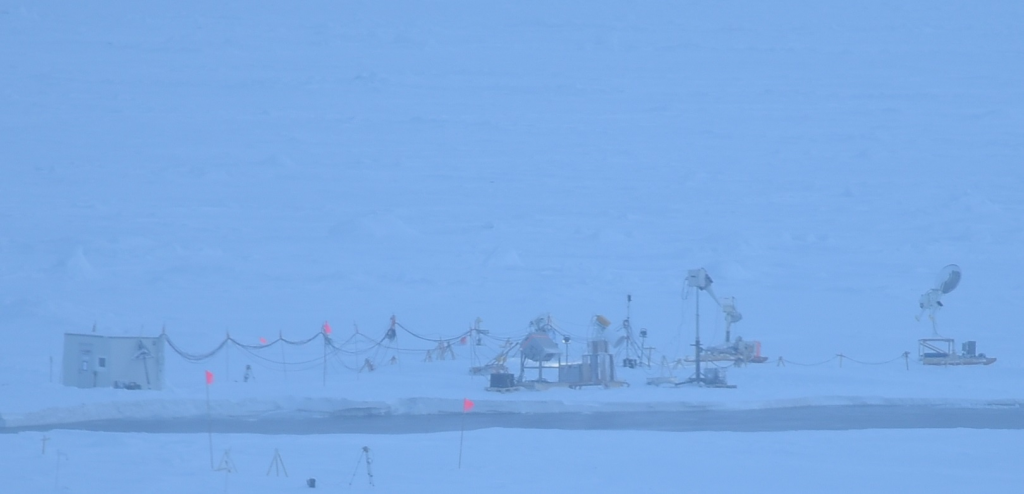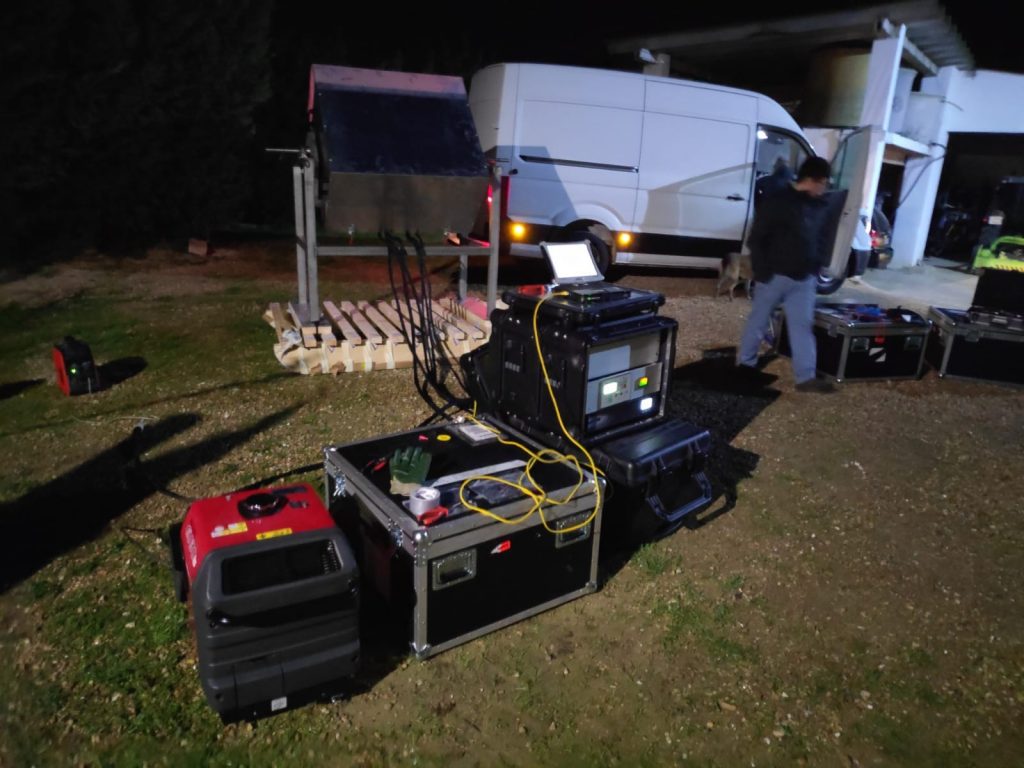The one-year long MOSAiC campaign (http://www.mosaic-expedition.org) in the Central Arctic offers the unique opportunity to obtain comprehensive snow and sea ice measurements for a complete seasonal cycle together with a dedicated remote sensing program. The goal of the MOSAiC expedition is to take the closest look ever at the Arctic as the epicenter of global warming and to gain fundamental insights that are key to better understand global climate change.
HUTRAD 2.0 mounted on a sled uses its multi-frequency (C-, X-, Ku-band) capabilities during the MOSAiC campaign. The radiometer observations are complemented by detailed in-situ measurements of snow and sea ice properties, and further microwave radiometer measurements at lower frequencies (P-, L-band) as well as scatterometer measurements (L-, C-, X-, Ku-band).

With the contribution of HUTRAD 2.0 taking measurements within MOSAiC Expedition on-board Polarstern, all the frequencies for the future CIMR Copernicus Imaging Microwave Radiometer – CIMR are now covered.
Tasks done by Balamis during the refurbishment of HUTRAD 2.0 for the Arctic included:


Find out more at:
Author: Roger Jove